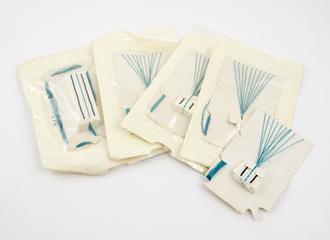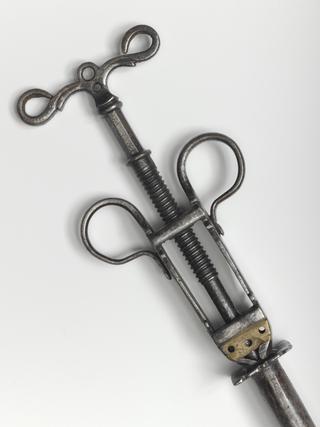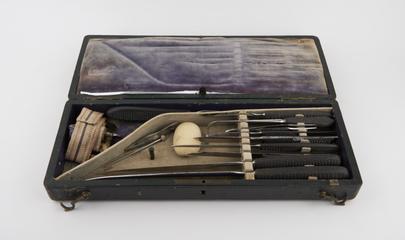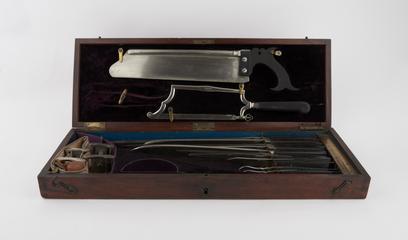
Amputation saws and bullet extractors, 16th-18th century.
1651-1750

1651-1750

1601-1700


1701-1800

1831-1870

1968-1969

1901-1930

1501-1600

201-500 CE

1831-1870

1601-1700

1801-1900

1871-1900

1831-1870

1801-1900

1651-1751

1851-1900

1860-1900

1780-1820
1701-1850
1739-1789
1831-1870
1901-1930
1871-1900
1959-1961
1701-1800
1601-1700
1901-1930
1901-1930
1999-2001
1810-1812
1901-1930
1871-1900
1890-1910
1959-1961
1860-1940